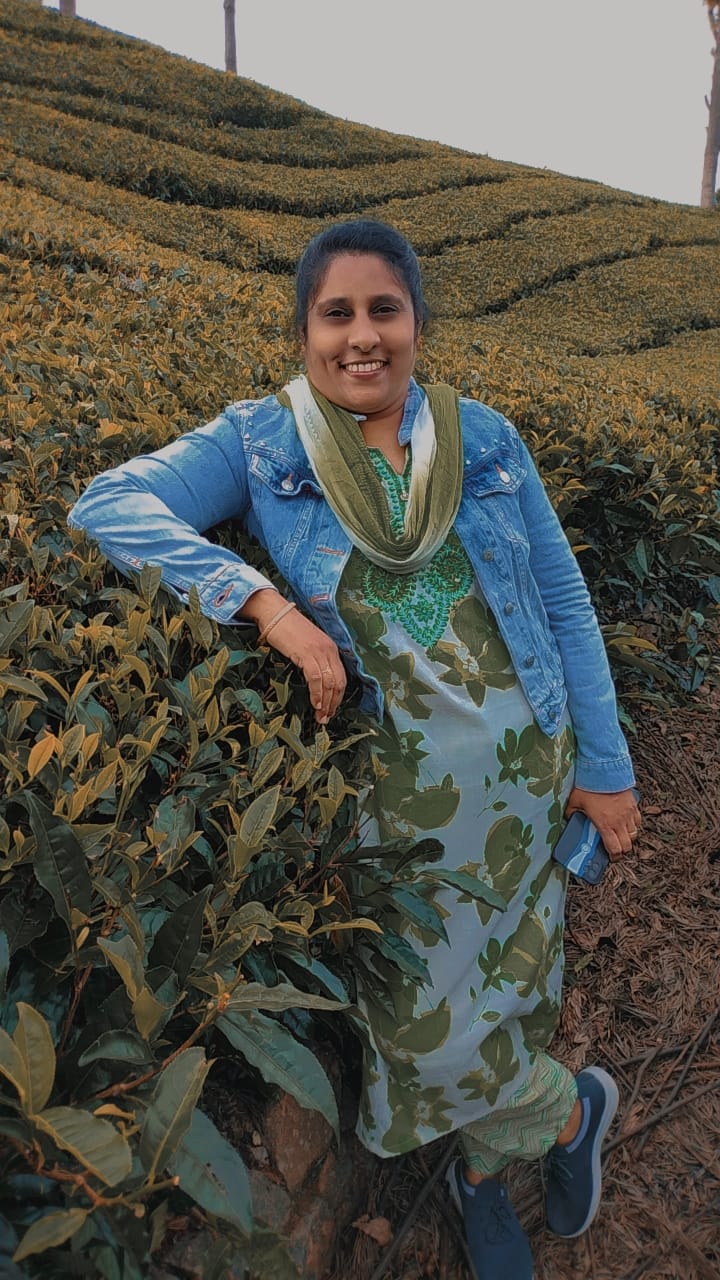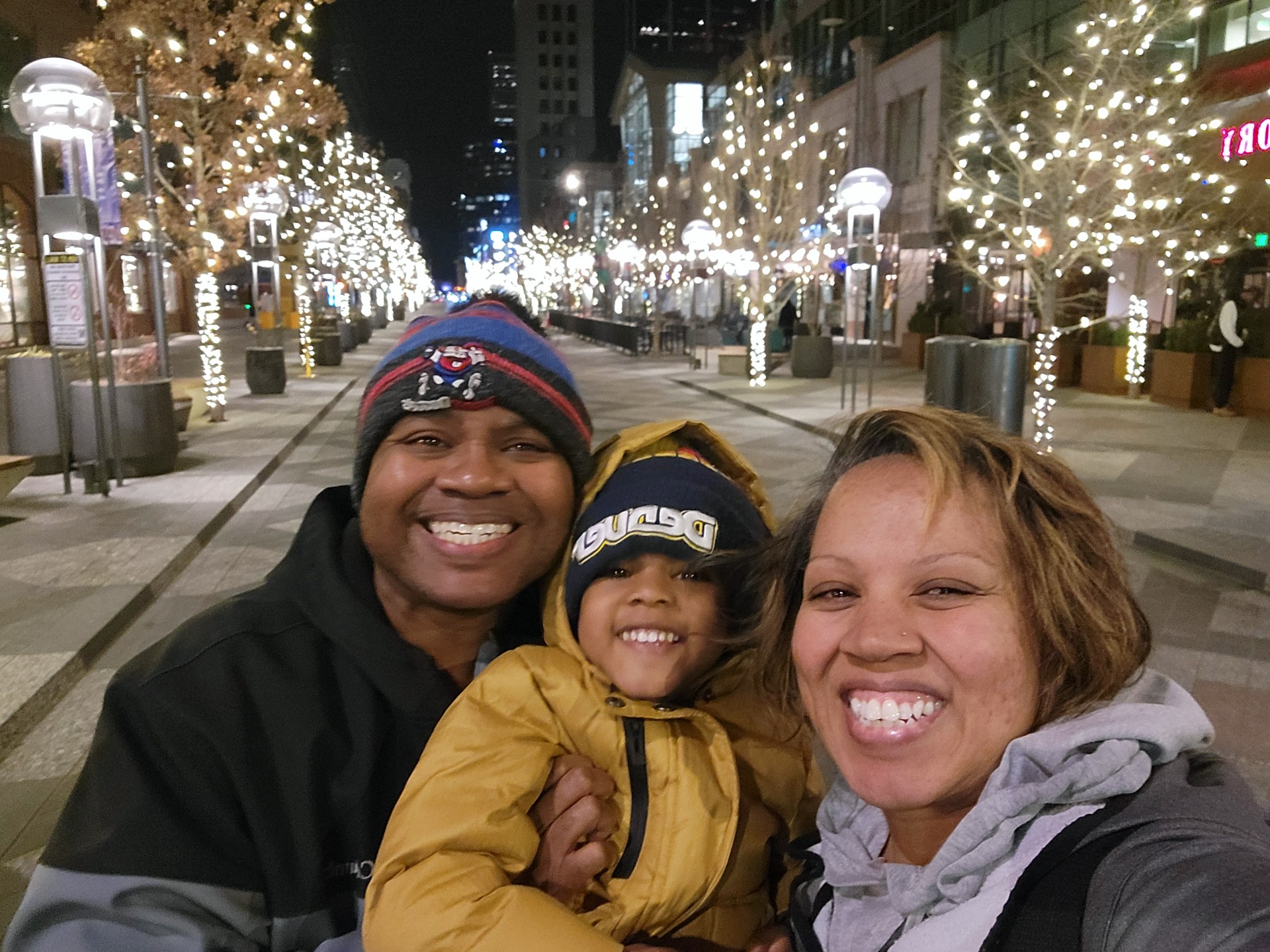Fifteen years ago, after spending time at a Guatemalan orphanage, my husband and I returned to the states and asked the very simple question: Where are the most vulnerable children here? That question led us straight to the doors of foster care.
Within the first 24 hours of having our first placement, we learned foster care isn’t glamorous and it is downright hard. More than a decade later, that foundational truth still stands. I’m weary of anyone who talks about foster care only in terms of its beauty and not giving equal weight to the pain, because foster care is about welcoming pain and loss in the forms of precious ones who have suffered trauma through your front door and straight into your heart.
Six years ago, I was having a conversation with my child’s caseworker when I asked her, “What do children do when they are waiting in the office – after being removed from their homes because of abuse and neglect, but before a foster home has been identified for them?” She looked at me blankly and painted a picture of scrambling each and every time a child entered the office. My heart broke. Surely, I thought, There must be some protocol for what happens during this time. There wasn’t.
I thought about how hard it is for my kids to wait when scared or bored, and I realized the potential negative messages these beloved ones could internalize about their own self-worth, sitting there with nothing to keep them occupied or distracted, as a staff person makes call after call to foster families asking if they could be a placement resource.
Here was an opportunity to offer up a tangible and sustainable blessing to children in their most vulnerable time of waiting and giving caseworkers something they could always count on. Through a grant from my church, Welcome Boxes came to be.
Welcome Boxes are age-appropriate, beautiful boxes chock full of things to bring delight to a child – art supplies, crafts, toys, snacks, hygiene products and a night light for their first night in a new place. On the lid of every Welcome Box is an affirmation such as: You matter. You are loved. You’re worth it.
My initial goal was 300 boxes for my local child welfare office. However, once word got out, local people started to offer something tangible to local children in foster care. Welcome Boxes became the catalyst that tethered the community’s heart to these children as they began to ask the bigger questions: Why are kids from my neighborhood sitting in a government office waiting for a foster family in the first place? What are other ways I can make a positive impact?
The momentum continued as I took a photographer into all of the local offices and photographed the conditions of the visitation rooms. Visitations rooms are sacred spaces where children and their families share time on a weekly basis while they’re separated in foster care. I saw there were opportunities for the community to come alongside and help makes these spaces ones that communicate dignity, worth and value.
I started hosting tours of child welfare offices for church and community leaders as well as anyone else interested in helping kids in foster care. Child welfare partners were always a part of these tours, welcoming the community in and sharing their perspective about the work. Instead of “the community” and “child welfare” being two faceless and nameless entities, people began to meet, form connections, care about one another and embrace, which brought us to officially naming this burgeoning movement: Embrace Oregon.
After 25,000 Welcome Boxes, $400,000 cash and in-kind donations to beautify child welfare offices, and thousands of volunteers, Embrace Oregon is providing a sustainable model for community partnership and engagement that is spreading throughout the state of Oregon. The state of Oregon has asked us to scale this community engagement model statewide, an initiative called Every Child, because every child deserves a safe and loving home.
Six years ago, I set out to meet one tangible need that was right in front of me. It was a need I came to recognize through having eyes wide open, a heart to learn more, a relationship with child welfare staff and a personal conviction that the foster child’s “in-office waiting experience” was an opportunity for more.
I had no way of knowing all the “more” that would come to be from creating Welcome Boxes. Just as foster care has been a humble, transformative teacher in my life, having a front row seat to the love, generosity, goodness and unprecedented partnership of those involved in Embrace Oregon, humbles me with gratitude and continues to fuel the fire of what is possible.
 Jillana Goble is a foster and adoptive parent and is the founder of Embrace Oregon. You can learn more about Welcome Boxes at EmbraceOregon.org. Embrace Oregon is the catalyst for a statewide movement called Every Child at Everychildoregon.org.
Jillana Goble is a foster and adoptive parent and is the founder of Embrace Oregon. You can learn more about Welcome Boxes at EmbraceOregon.org. Embrace Oregon is the catalyst for a statewide movement called Every Child at Everychildoregon.org.
This article currently appears in the spring issue of The MOPS Magazine.




